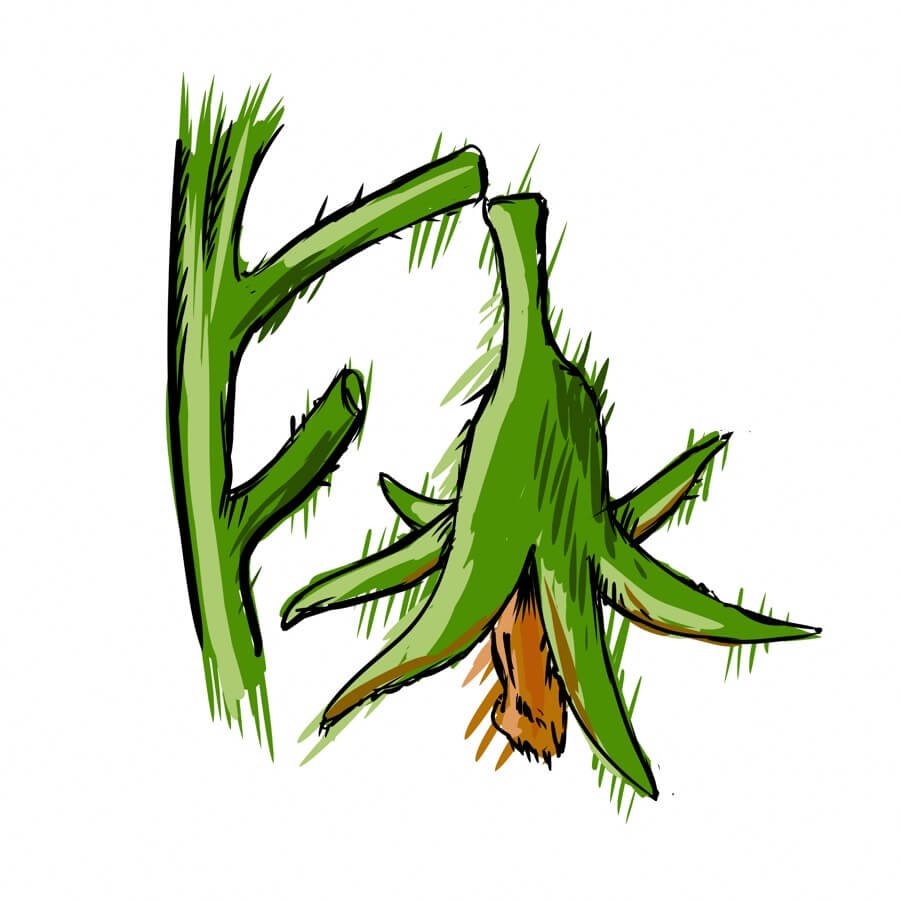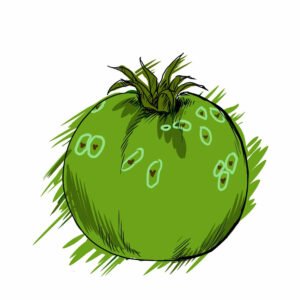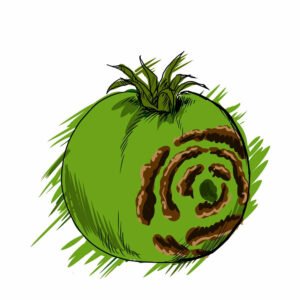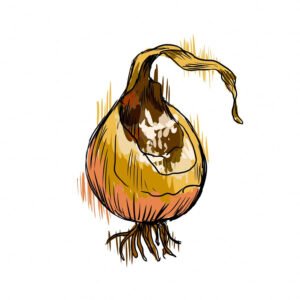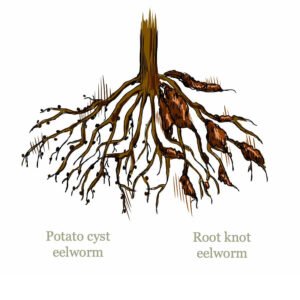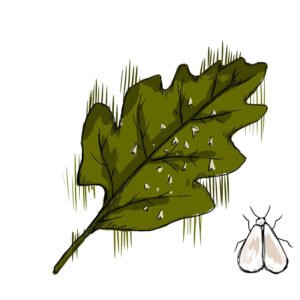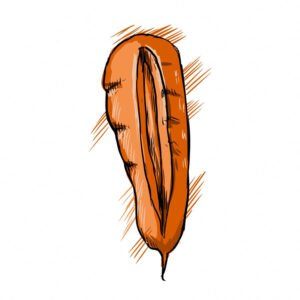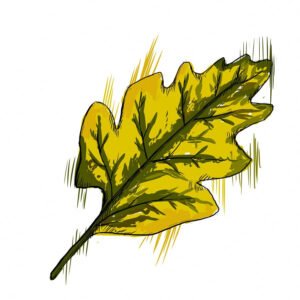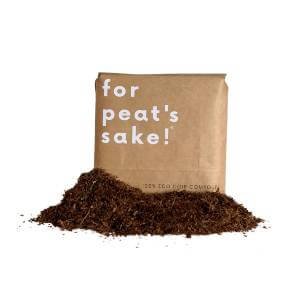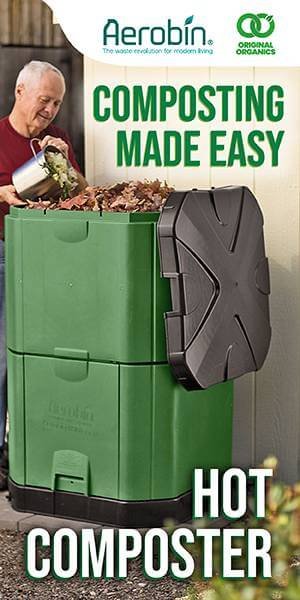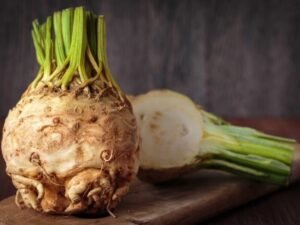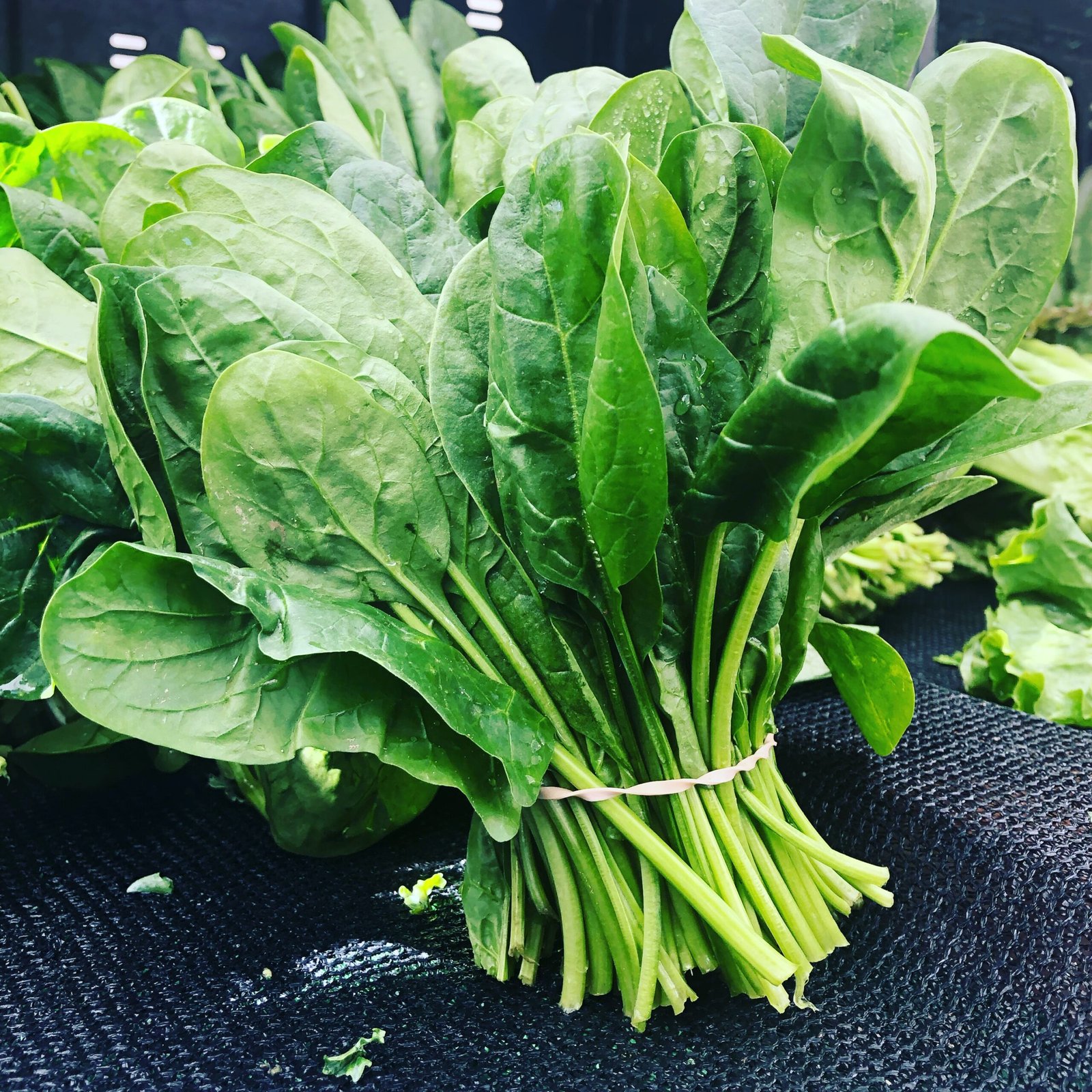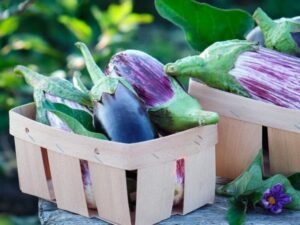Tomato blossom drop can be a frustrating issue for home gardeners. Just as the promise of ripe tomatoes begins to form, the blossoms wither and fall off, leaving behind dashed hopes.
Understanding the causes of blossom drop and implementing preventive measures can help ensure a bountiful tomato harvest. In this guide, we will delve into the reasons behind tomato blossom drop and explore practical strategies to address this issue.
Causes of Tomato Blossom Drop:
Temperature-related factors:
- High or low temperatures: Extreme temperatures, whether too hot or too cold, can disrupt the proper fruit set and stress the plant.
- Optimal temperature range: Knowing the ideal temperature range for tomato plants can help prevent blossom drop.
Other contributing factors:
- Lack of pollination: Tomatoes are self-pollinating but still benefit from occasional help from bees, wind, or gentle shaking to aid in pollen transfer.
- Imbalance in nitrogen levels: Over or under-fertilisation can negatively impact tomato flowers’ ability to develop into fruits.
- Humidity extremes: Excessive humidity can affect pollen release and interfere with proper pollination.
- Lack of water: Inconsistent watering practices can lead to blossom drop as the plant struggles to cope with moisture fluctuations.
- Stress from pests or diseases: Infestations or diseases can weaken the plant and hinder proper flower development.
- Heavy fruit load: When a tomato plant bears an excessive number of fruits, it may naturally shed some blossoms to prioritise existing fruit development.
Controlling Tomato Blossom Drop:
Patiently waiting for favourable conditions:
Some blossom drop may occur due to factors beyond a gardener’s control, such as extreme weather. Monitoring weather patterns can help plan accordingly.
Cultural practices:
- Selecting suitable tomato varieties: Opt for cultivars adapted to your specific climate to increase success rates. How to grow Tomatoes Guide
- Enhancing pollination:
- Promote pollinator presence by planting companion flowers.
- Aid pollination by gently shaking the tomato flowers, ensuring pollen transfer.
Fertilisation and soil health:
- Maintain a balanced fertiliser application to provide consistent nutrients without overfeeding the plants.
- Prioritise soil health through organic matter addition and proper soil moisture management.
Dealing with humidity:
- Know the optimal humidity range for tomatoes and maintain conditions within that range.
- Utilise good air circulation and avoid overcrowding to reduce humidity-related issues.
Proper watering techniques:
- Deep watering practices encourage strong root systems, ensuring plants can better withstand stress and blossom drop.
- Consistent watering, particularly during dry weather, is crucial for preventing sudden water stress.
Maintaining plant health:
- Implement effective disease and pest management strategies to prevent stress on the plant.
- Regularly monitor the plants for any signs of diseases or infestations and respond promptly.
Managing excessive blossoms:
- Recognise the limitations of the plant and the need to balance fruit load.
- Understand the potential occurrence of a natural “June Drop” phenomenon, wherein the plant sheds excess blossoms.
Conclusion
- Tomato blossom drop can be disheartening for gardeners, but it is possible to minimise its impact with a deeper understanding of the causes and proactive measures.
- By fine-tuning your cultural practices, promoting pollination, and prioritising plant health, you can increase the likelihood of a successful tomato harvest. Remember, gardening involves patience, observation, and adaptation, so remain vigilant and responsive to your tomato plants’ needs.
- With these strategies in place, you are well on your way to enjoying a bountiful crop of tomatoes in your garden.
Blossom Drop Frequently Asked Questions (FAQs)
Here are some FAQs related to tomato blossom drop for home gardeners:
What causes tomato blossom drop?
Several factors can contribute to blossom drop, including high or low temperatures, lack of pollination, imbalance in nitrogen levels, humidity extremes, inconsistent watering practices, stress from pests or diseases, and heavy fruit load.
How can I prevent tomato blossom drop?
To prevent blossom drop, make sure you select suitable tomato varieties, enhance pollination by planting companion flowers to promote pollinator presence, maintain proper soil health and moisture, avoid overfeeding the plants, and ensure good air circulation to reduce humidity-related issues.
Do I need to hand-pollinate my tomato plants?
Tomatoes are self-pollinating, but they can benefit from occasional help from bees, wind, or gentle shaking to aid in pollen transfer. Hand pollination may be necessary if the plants are not getting enough natural pollination.
Is there a natural occurrence of blossom drop in tomato plants?
It is common for tomato plants to shed some flowers due to heavy fruit load or natural “June Drop” phenomenon, which helps the plant balance the fruit load.
What should I do if I notice tomato blossom drop in my garden?
If you notice tomato blossom drop, first identify the cause, whether due to temperature extremes or other factors. Once you determine the cause, take proactive steps to mitigate the situation, such as improving pollination practices, fertilisation, and soil health, and responding promptly to disease or pest issues.
Can I still harvest tomatoes if my plants have experienced blossom drop?
You can still harvest tomatoes, but the yield may be affected. Some loss of flowers may not significantly impact the overall fruit set, so monitor your plants closely and adjust your expectations accordingly.

